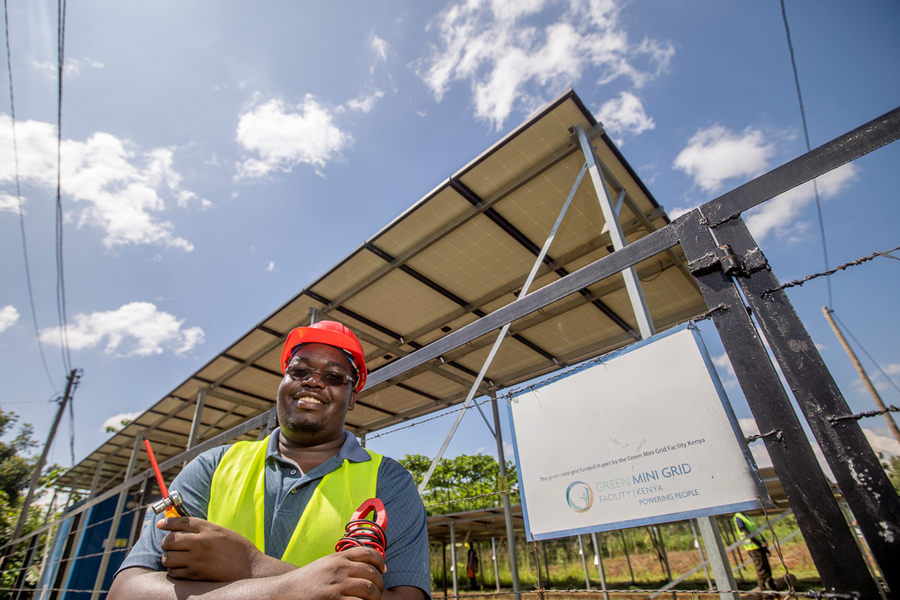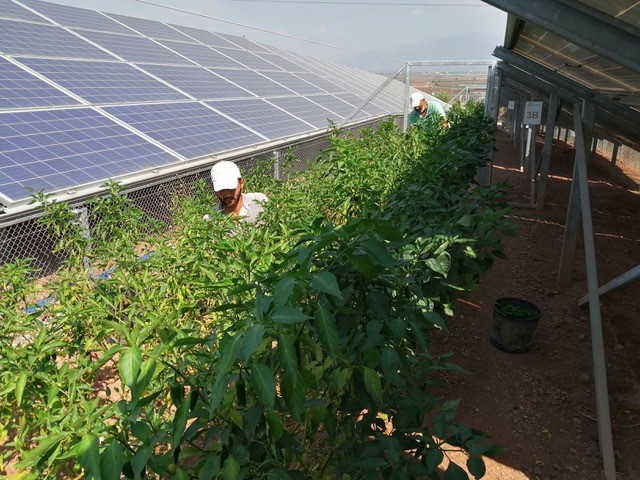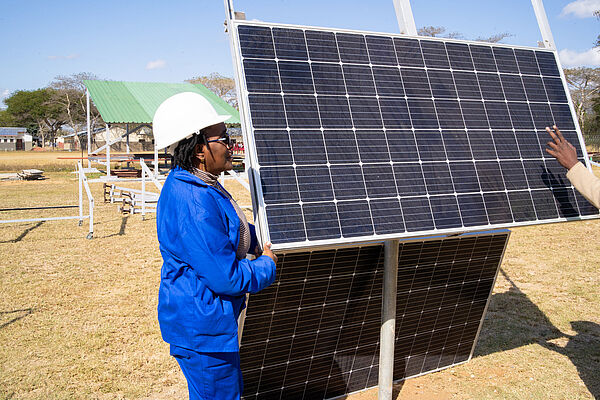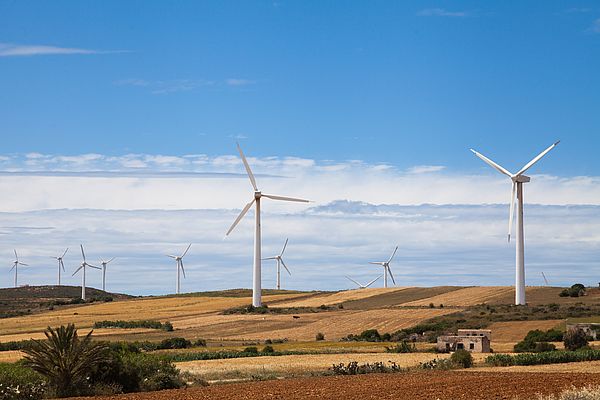From Agri-PV to Solar Thermal: Energizing the Transition

A light breeze blows in Sulamu. Most people in the village of 1,500 people on the coast of Indonesia live from the sea. Since 2022, a small factory equipped with state-of-the-art cooling technology has stood near the shore. The Solar Ice Maker produces up to 1.2 tonnes of ice every day. And it does so with the help of an efficient motor and photovoltaic cells installed on the roof. Fishermen now store their catch directly in the cold store. The days when they had to dispose of tonnes of spoiled goods are over. The green refrigeration system also saves 40 tonnes of CO2 every year, as 14,000 litres of diesel are no longer needed to produce electricity and transport ice. Nine private companies have co-financed the Solar Ice Maker on behalf of the BMZ as part of an Indonesian-German energy programme, including fan manufacturer Ziehl-Abegg.
Solar projects in the Global South: a win-win situation for everyone involved
This example shows how all sides benefit from a development cooperation project. On the one hand, the fishermen, who deliver better quality and thus realise higher prices for their goods. On the other hand, there are also the companies, whose products help to drive forward the energy transition and develop sustainable business ideas.

Ideal conditions for photovoltaic projects in Africa
As many newly industrialising countries are rich in renewable energy sources, there are enormous opportunities in the expansion of renewable energies. Take Kenya, for example. In order to drive forward the electrification of the country, the Portuguese company RVE.Sol has set up solar-powered mini-grids as part of the start-up funding programme develoPPP Ventures. These supply almost 4,000 households with electricity.Agri-PV: Sonne und Gemüse intelligent ernten.
Agri-PV: Sonne und Gemüse intelligent ernten
What larger solar projects look like can be seen in Osmaniye, Turkey. Here, the German company SUNfarming has built a 16,000 square metre solar park together with DEG. The project involves the dual utilisation of solar systems in agriculture. While vegetables grow and chickens peck under special AgriPV module rows, the PV systems produce green electricity.

Heat from the sun: solar thermal energy has potential
Solar energy can also be used in the production of heat. One example is the project of a Freiburg-based company in Jordan. In collaboration with GIZ and the operator RAM Pharma, it built a solar vapour plant. It has been in operation since 2015. The plant has 396 square metres of solar collectors, an area as large as 1.5 times the playing surface of a tennis court. The annual yield: 300 megawatt hours (thermal). This energy could supply almost 50 single-person households in Germany with heat every year.
Associations with valuable groundwork for agri-PV and more
Associations can also provide development cooperation and pass on valuable knowledge to young local associations for the development of agri-PV or solar thermal energy. sequa's Chamber and Association Partnerships (KVP) bring actors together across national borders. Participating associations can implement their project for three years and receive the necessary support and funding from sequa and the BMZ. This amounts to between 700,000 and one million euros, depending on requirements.
Do you also want to open up foreign markets with climate-friendly energy solutions? Are you interested in financing agri-PV systems or other solar energy projects in Africa and around the world? Get in touch with us.
Published on

